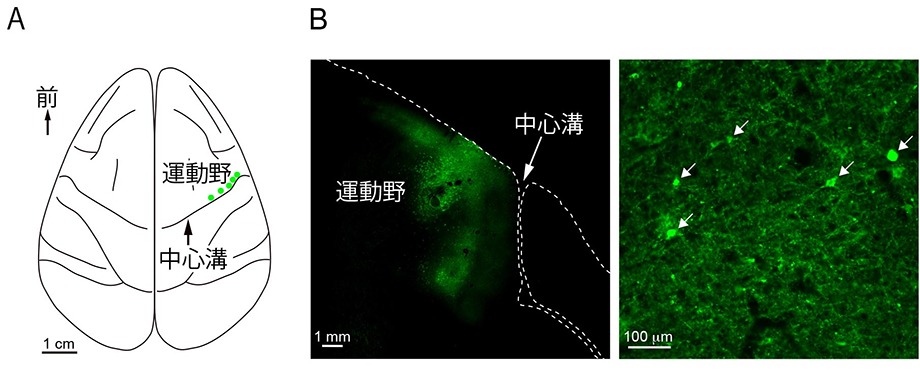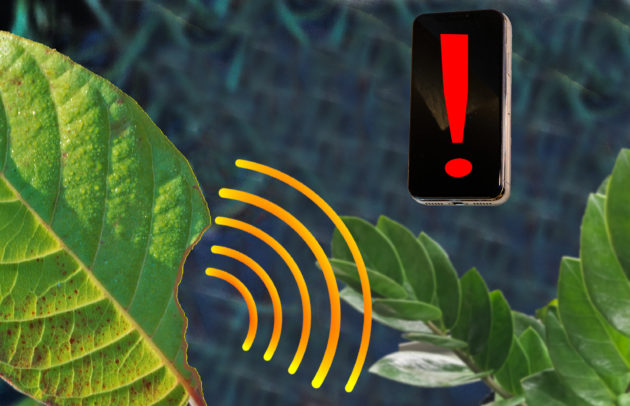(Lung-Heart Super Sensor on a Chip Tinier Than a Ladybug)
2020/4/15 ジョージア工科大学(GeorgiaTech)

・ Georgia Tech が、身体の挙動や肺や心臓が発する様々な信号を検出・記録する微小なセンサーチップを開発。
・ 身体が発する機械的な信号の活用が医療研究で長年試みられているが、多数の細胞を通過する信号の記録では一貫性に欠ける。また、ギャロップ音(心臓の鼓動後の微小な心音(Ⅲ音)で心不全の診断基準の一つ)等の診断は医師の熟練度に左右され、ヒューマンエラーの影響を受けやすい。
・ 現在、心臓に関する情報の獲得には心電図(EKGs)が利用されるが、EKGs で測定できるのは電気刺激のみ。心筋のポンピングで弁を開閉する機械的なシステムである心臓は、EKGs では検出不可能な特徴的な音や動作を発している。また、EKGs では肺機能の情報が得られない。
・ 同センサーチップの検出帯域は、大型の振動から不可聴の高音までと幅広く、心拍、身体を通した心臓からの波長、呼吸速度や肺音を同時に記録する。
人体での試験では、従来の技術では検出できない、心肺の機械的な動きによる様々な全信号を明瞭に同時に記録。ギャロップ音の記録にも成功した。
・ 高度な電子聴診器と加速度計を組み合わせた機能を提供する加速度計コンタクトマイクロフォン(ACM)が、チップが受け取る身体内の振動を検出しながら空気伝播音等の身体外からの妨害的な雑音を遮断する。
・ 同センサーチップの中核的なメカニズムは、僅か 270nm の空隙を挟む微細な 2 枚のシリコン電極(2mm×2mm)の静電容量型ギャップセンサー。その技術原理はシンプルだが、主にこの微小な空隙による動作の確認とその製造に 10 年を費やした。シリコン電極同士の接触を回避するようにセンサー全体を真空のキャビティに密封し、極めて低い信号雑音と広帯域の検出範囲を実現した。
・ HARPSS+(High Aspect Ratio Poly and Single Crystalline Silicon)プラットフォームと呼ばれる製造プロセスで、手の平サイズのシートから微細なセンサーチップを大量に作製。HARPSS+は、このような狭小な空隙を確保した初めての大量製造プロセスであり、先進的な MEMS(微小電気機械システム)の大量製造を可能にする。
・ 試験用デバイスでは電池を電源とし、信号型回路と呼ばれる 2 番目のチップを使用してセンサーチップの信号を読み出し情報に変換。胸部固定帯に同センサーチップを 3 個以上格納し、身体からの信号を三角測量してそれらの発信源が特定できる。将来的には、脈の乱れによる心臓弁の欠陥の正確な把握や、微かな肺雑音によるがん病巣の特定等が期待できる。
・ 本研究には、Georgia Research Alliance、米国防高等研究計画局(DARPA)、米国科学財団(NSF)および米国立衛生研究所(NIH)が資金を提供した。
URL: https://news.gatech.edu/2020/04/15/lung-heart-super-sensor-chip-tinier-ladybug
<NEDO海外技術情報より>
(関連情報)
npj Dgital Medicine 掲載論文(フルテキスト)
Precision wearable accelerometer contact microphones for longitudinal monitoring of mechanoacoustic cardiopulmonary signals
URL: https://www.nature.com/articles/s41746-020-0225-7
Abstract
Mechano-acoustic signals emanating from the heart and lungs contain valuable information about the cardiopulmonary system. Unobtrusive wearable sensors capable of monitoring these signals longitudinally can detect early pathological signatures and titrate care accordingly. Here, we present a wearable, hermetically-sealed high-precision vibration sensor that combines the characteristics of an accelerometer and a contact microphone to acquire wideband mechano-acoustic physiological signals, and enable simultaneous monitoring of multiple health factors associated with the cardiopulmonary system including heart and respiratory rate, heart sounds, lung sounds, and body motion and position of an individual. The encapsulated accelerometer contact microphone (ACM) utilizes nano-gap transducers to achieve extraordinary sensitivity in a wide bandwidth (DC-12 kHz) with high dynamic range. The sensors were used to obtain health factors of six control subjects with varying body mass index, and their feasibility in detection of weak mechano-acoustic signals such as pathological heart sounds and shallow breathing patterns is evaluated on patients with preexisting conditions.


